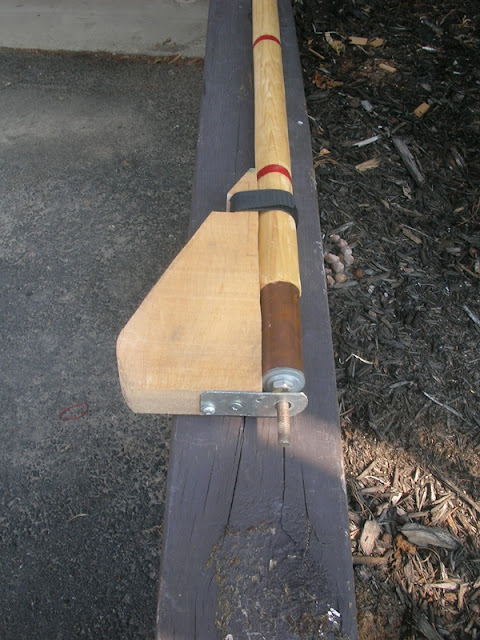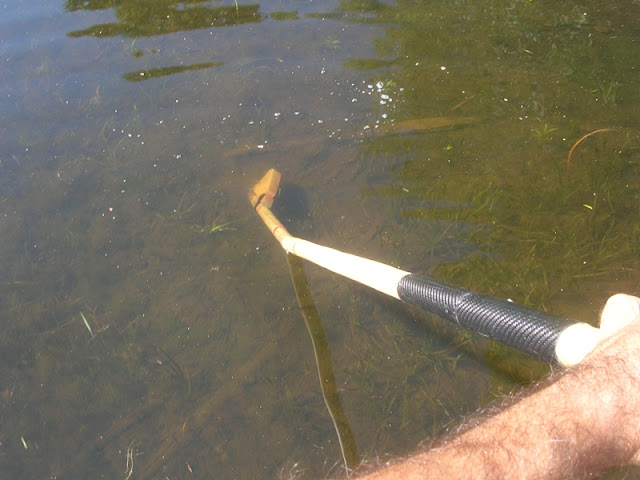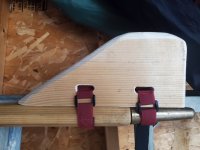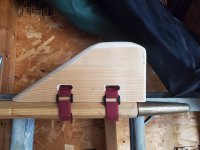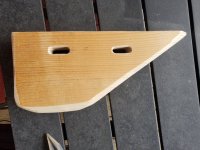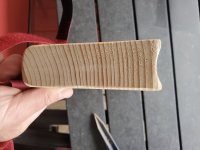Wondering if any of the more experienced canoe polers on the site have made a specific type of poling tip. I'm thinking about trying out the "Crow's Foot" as illustrated in this image (lower right hand corner).

It is supposedly a simple solution for poling in soft, muddy river bottoms. I'm quite familiar with those commercial "Duck Bill" tips but want to make my own piece of gear. Figured the lashed crow's foot design could easily be adapted to a wooden pole and be later removed if necessary. Anyone try this before?

It is supposedly a simple solution for poling in soft, muddy river bottoms. I'm quite familiar with those commercial "Duck Bill" tips but want to make my own piece of gear. Figured the lashed crow's foot design could easily be adapted to a wooden pole and be later removed if necessary. Anyone try this before?

